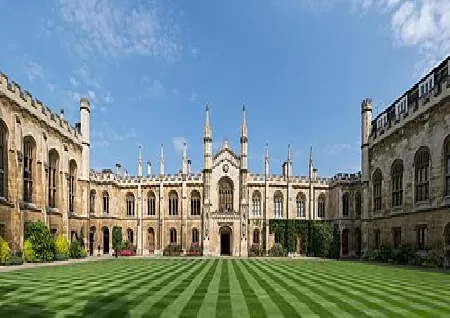University of Cambridge

The University of Cambridge, located around 60 miles north of London, dates back to 1209. The institution has over 19,000 students, with more than 35% pursuing graduate degrees. Arts and humanities, biological sciences, clinical medicine, humanities and social sciences, physical sciences, and technology are the six schools. These colleges are made up of dozens of academic departments and other divisions. Cambridge's academic year is organised into three terms: Michaelmas (fall), Lent (winter), and Easter (spring). The language of instruction at the university is English.
Cambridge has 31 residential colleges that are in charge of enrolling undergraduate and graduate students; three colleges are women-only: Lucy Cavendish College, Murray Edwards College, and Newnham College. Small-group training for students is also provided at the colleges. At the University of Cambridge, most undergraduate students are promised college residence for at least three years. Many new graduate students can also take advantage of college housing.
Around 20% of the student body comes from outside the European Union; non-EU tuition prices are higher and vary depending on the topic of study. There are around 100 libraries in Cambridge, including college and department libraries. The university contains around 140 research centres and institutes, including the Centre of African Studies, the Cambridge Centre for Economic and Public Policy, and the Institute of Theoretical Geophysics. The institution has received over $415 million in research grants and contracts in recent years.
University of Cambridge is ranked #8 in Best Global Universities and ranked #2 in QS World University Rankings.
Related queries to this article
- University of Cambridge
- Cambridge
- Global Universities
- QS World University Rankings
- London
Read more articles and stories on InstaSity Education.





